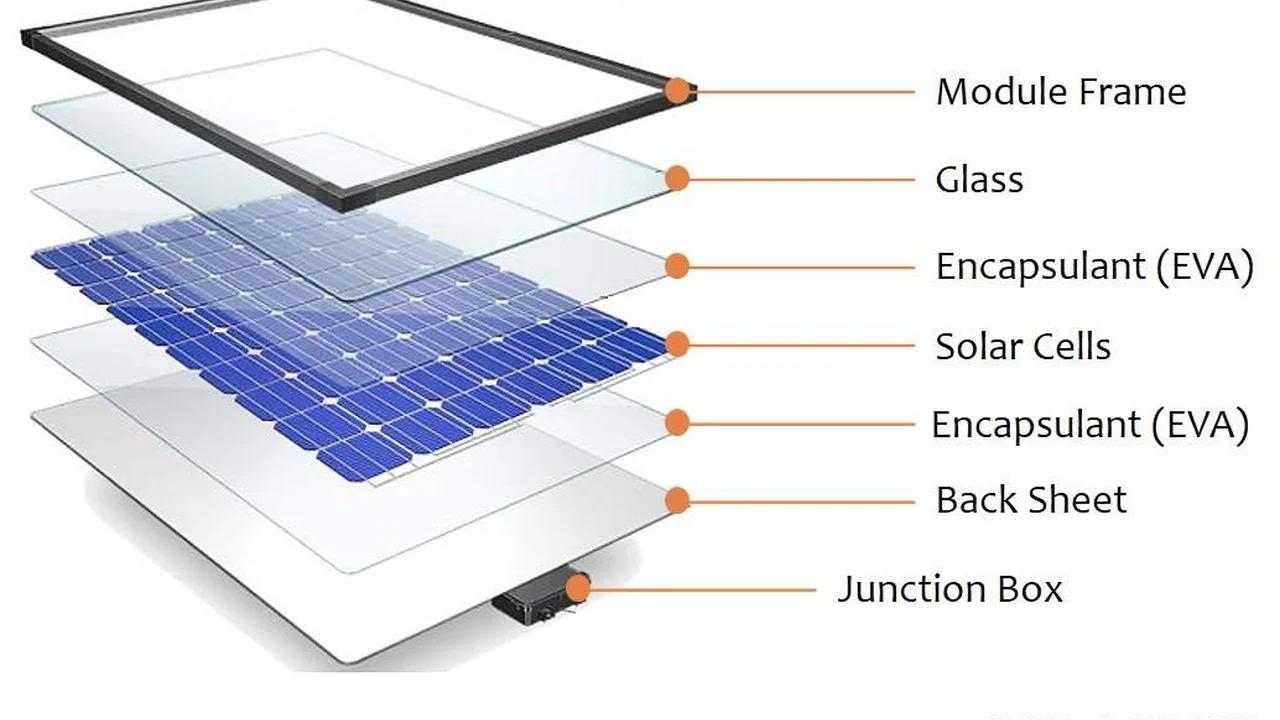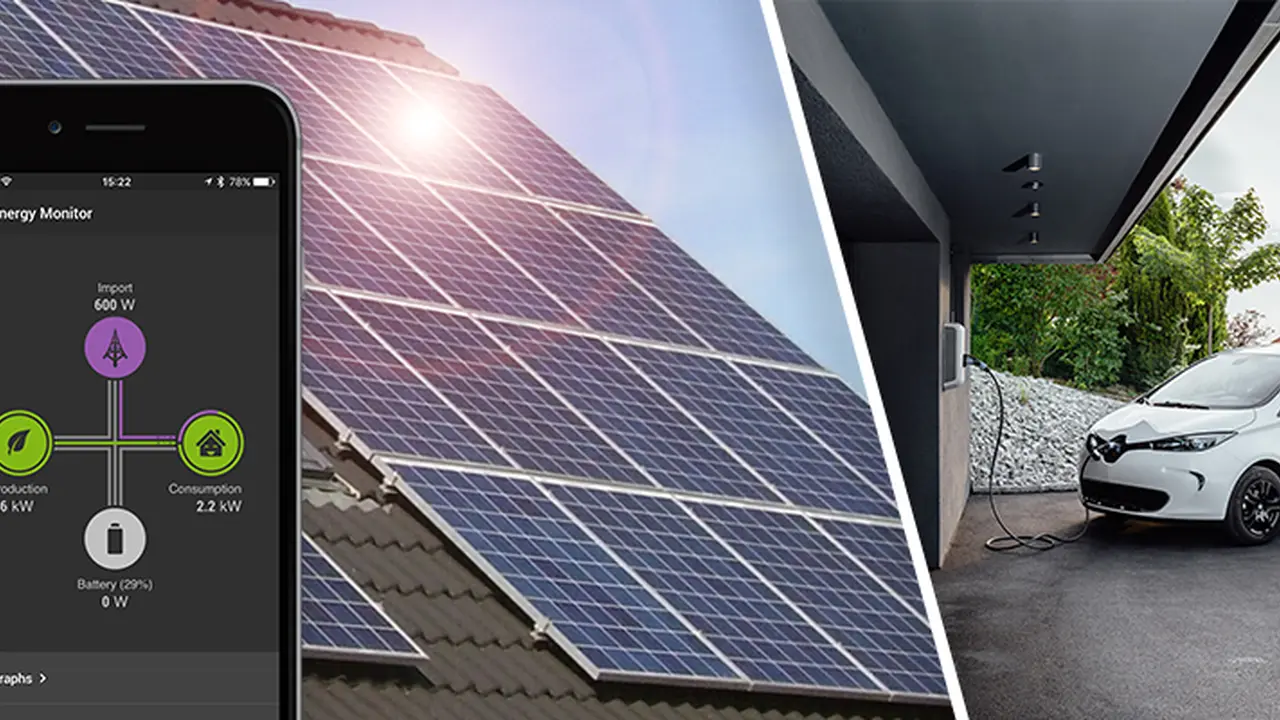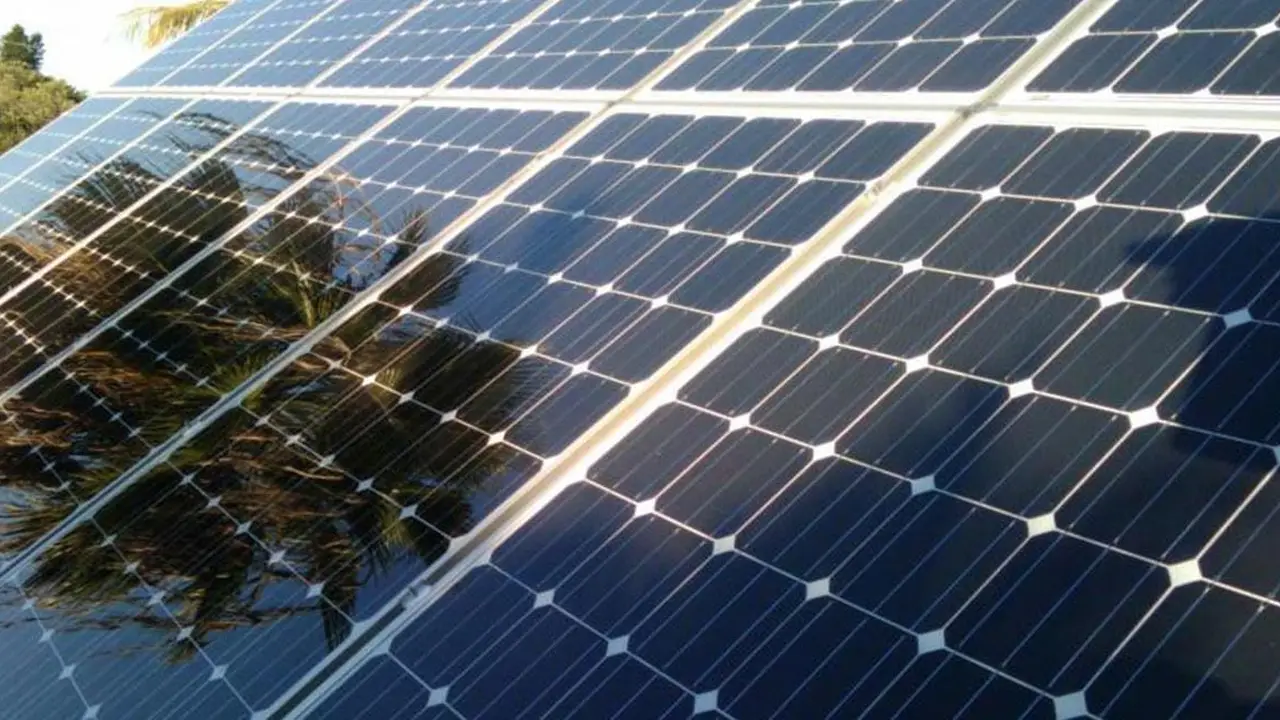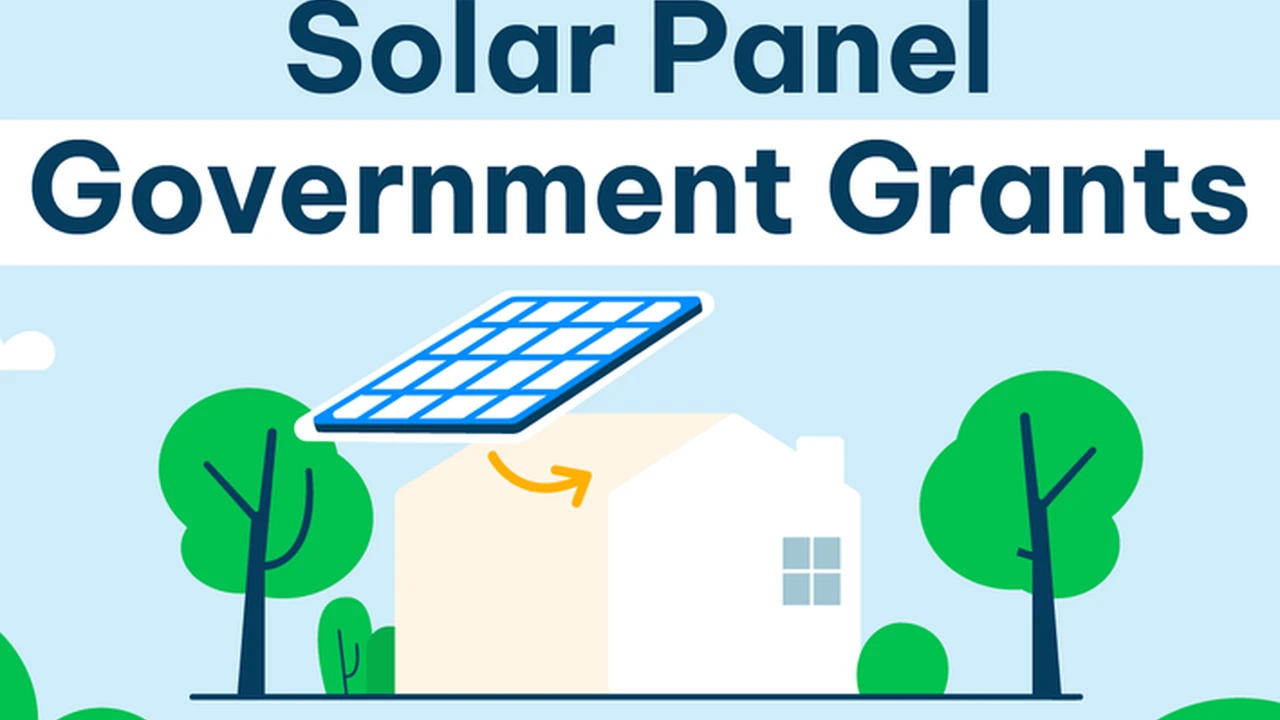Solar Panel Module Replacement: When Is It Necessary?

Understanding Solar Panel Degradation and Failure Common Causes
Hey there, solar enthusiasts! Let's talk about something that every solar panel owner will eventually face: module replacement. Solar panels are built to last, but they're not invincible. Understanding how they degrade and what can cause them to fail is crucial for proactive maintenance and knowing when it's time for a swap. We're not talking about a quick fix here; we're diving into the nitty-gritty of module failure and when a full-on replacement is the only viable option.
First off, let's be real: solar panels are exposed to the elements 24/7. Think scorching sun, freezing temperatures, hail, wind, rain, and even snow. All of these contribute to wear and tear. But beyond the obvious, there are specific degradation mechanisms at play. One of the most common is Potential Induced Degradation (PID). This happens when voltage differences within the solar panel cause a leakage current, leading to a gradual power loss over time. It's like a slow leak in your energy tank!
Another culprit is Light-Induced Degradation (LID). This is a phenomenon that occurs within the first few hours of a solar panel's operation. While most panels are treated to minimize LID, it can still cause a slight initial drop in performance. Think of it as a breaking-in period, but instead of getting better, it plateaus.
Then there's good ol' fashioned physical damage. Hailstorms, falling branches, and even careless installation can crack the glass or damage the cells themselves. These are usually pretty obvious – you'll see visible cracks or breaks. But sometimes, the damage is internal, leading to hotspots and reduced efficiency. And let's not forget about delamination, where the layers of the panel start to separate, exposing the internal components to moisture and corrosion. It's like the panel is slowly peeling apart.
Finally, there's the inevitable aging process. Over time, the materials in the solar panel degrade naturally, leading to a gradual decrease in power output. This is why solar panels come with performance warranties that guarantee a certain percentage of their original output after a certain number of years (usually 25-30 years). But even with warranties, understanding the causes of degradation can help you maximize the lifespan of your panels.
Identifying Signs Your Solar Panel Needs Replacing Obvious and Subtle Indicators
Okay, so how do you know when a solar panel is truly on its last leg? It's not always as simple as seeing a crack in the glass. Sometimes, the signs are subtle, and you need to be a bit of a detective to spot them. Let's break down the obvious and the not-so-obvious indicators.
Obvious Signs:
- Visible Cracks or Breaks: This is the most straightforward indicator. If you see cracks, breaks, or shattered glass, the panel is definitely compromised.
- Delamination: As mentioned earlier, delamination is when the layers of the panel start to separate. You might see bubbles or peeling along the edges of the panel.
- Burn Marks or Hotspots: These indicate areas where the panel is overheating due to internal damage. They can be a fire hazard and definitely warrant a replacement.
- Complete Power Failure: If a panel is completely dead and not producing any power, it's likely beyond repair.
Subtle Signs:
- Significant Power Output Drop: This is a gradual decline in the amount of electricity the panel produces. You'll need to monitor your system's performance over time to detect this. Compare current output to historical data and the panel's original specifications.
- Hotspots (Without Visible Burns): Sometimes, hotspots can develop without visible burn marks. You can detect these using a thermal camera. High temperatures indicate areas of internal damage.
- Discoloration: Yellowing or browning of the panel can indicate degradation of the encapsulant material, which protects the solar cells.
- Increased PID Symptoms: If you've previously experienced PID issues, keep an eye out for worsening symptoms, such as a more significant drop in power output.
It's important to note that a slight decrease in power output is normal over time. However, a significant drop that exceeds the panel's warranty specifications is a red flag. Regular monitoring and professional inspections can help you identify these subtle signs early on.
Factors to Consider Before Replacing a Solar Panel Cost Benefit Analysis
So, you've identified a problematic solar panel. Before you rush to replace it, let's weigh the pros and cons. Replacing a solar panel is an investment, and you want to make sure it's the right decision. Here's what to consider:
- Cost of Replacement: This includes the cost of the new panel, labor for installation, and any associated fees. Get quotes from multiple installers to compare prices.
- Warranty Coverage: Check your warranty! Many solar panels have performance warranties that guarantee a certain level of output for a specific period. If your panel is under warranty and failing to meet the guaranteed output, the manufacturer may cover the replacement cost.
- System Performance: How much is the failing panel impacting your overall system performance? If it's a small panel in a large array, the impact might be minimal. In that case, it might not be worth replacing it immediately. However, if it's a large panel or multiple panels are failing, the impact on your energy production could be significant.
- Future Energy Needs: Are your energy needs increasing? If so, replacing the failing panel with a higher-efficiency model could be a smart move. You might even consider adding more panels to your system to meet your growing demand.
- Environmental Impact: Solar panels are generally considered environmentally friendly, but their production and disposal do have an impact. Consider the environmental cost of replacing a panel versus the benefit of increased energy production.
Do the math! Calculate the cost of the replacement panel and installation. Then, estimate the amount of energy you'll gain from the new panel and the value of that energy over its lifespan. Compare that to the cost of the replacement. If the benefits outweigh the costs, then it's likely a worthwhile investment.
Step by Step Guide to Solar Panel Module Replacement Safety Precautions
Alright, you've decided to replace the panel. Now what? This isn't a DIY project for the faint of heart. Solar panel replacement involves working with electricity and heights, so safety is paramount. Here's a step-by-step guide, but remember: hire a qualified solar installer if you're not comfortable working with electricity or heights.
- Safety First! Disconnect the solar panel system from the grid. This is crucial to prevent electrical shock. Turn off the AC disconnect switch and the DC disconnect switch. Verify that the system is completely de-energized using a multimeter.
- Gather Your Tools: You'll need a wrench, screwdriver, multimeter, safety glasses, gloves, and a ladder or scaffolding.
- Remove the Old Panel: Carefully disconnect the wiring from the old panel. Use a wrench to loosen the mounting hardware and remove the panel from the racking system. Be careful not to damage the surrounding panels or the racking system.
- Install the New Panel: Place the new panel in the racking system and secure it with the mounting hardware. Make sure the panel is properly aligned and securely fastened.
- Connect the Wiring: Connect the wiring to the new panel, ensuring that the polarity is correct. Double-check all connections to ensure they are tight and secure.
- Test the System: Once the new panel is installed and wired, reconnect the solar panel system to the grid. Turn on the DC disconnect switch and then the AC disconnect switch. Monitor the system's performance to ensure that the new panel is working correctly.
Important Safety Precautions:
- Work during daylight hours: Avoid working at night or in low-light conditions.
- Wear safety glasses and gloves: Protect your eyes and hands from electrical shock and physical injury.
- Use a ladder or scaffolding: If you're working at heights, use a sturdy ladder or scaffolding and follow all safety guidelines.
- Disconnect the system before working: This is the most important safety precaution! Always disconnect the system from the grid before working on any electrical components.
- Hire a qualified professional: If you're not comfortable working with electricity or heights, hire a qualified solar installer to do the job for you.
Choosing the Right Replacement Panel Compatibility and Performance
Selecting the right replacement panel is just as important as the installation process. You can't just slap any old panel up there and expect it to work perfectly. Here's what you need to consider:
- Compatibility: Make sure the new panel is compatible with your existing system. This includes voltage, current, and wattage. The new panel should have similar electrical characteristics to the old panel. Check the specifications of your inverter and other system components to ensure compatibility.
- Size and Mounting: The new panel should be the same size and have the same mounting points as the old panel. This will make the installation process much easier.
- Performance: Consider upgrading to a higher-efficiency panel. This will allow you to generate more electricity from the same amount of space. Look for panels with a higher power output and a better temperature coefficient.
- Warranty: Choose a panel with a good warranty. This will protect you in case the panel fails prematurely. Look for panels with a performance warranty of at least 25 years.
- Brand Reputation: Choose a panel from a reputable manufacturer. This will ensure that you're getting a high-quality product that will last for years to come.
Don't be afraid to ask your installer for recommendations. They can help you choose the right panel for your system and your budget.
Recommended Solar Panel Products for Replacement Specific Models and Pricing
Okay, let's get down to the specifics. Here are a few recommended solar panel models that are popular for replacements, along with their features, typical use cases, and approximate pricing. Remember that pricing can vary depending on your location and the installer you choose. I'll focus on a few common brands and models to give you a good starting point.
REC Group Alpha Series
Description: REC Group is known for its high-quality, durable panels. The Alpha series is particularly popular for its high power output and excellent performance in high-temperature conditions. These panels use heterojunction (HJT) technology, which allows for increased efficiency and power density.
Use Cases: Ideal for residential and commercial applications where space is limited and maximum power output is desired. Great for areas with hot climates.
Pros:
- High power output
- Excellent temperature coefficient
- Durable construction
- Long warranty
Cons:
- Higher price point compared to standard panels
Approximate Price: $0.80 - $1.00 per watt
Q CELLS Q.PEAK DUO Series
Description: Q CELLS is a well-established brand known for its reliable and affordable panels. The Q.PEAK DUO series features half-cut cell technology, which improves efficiency and reduces power loss due to shading.
Use Cases: Suitable for a wide range of residential and commercial applications. A good balance of performance and affordability.
Pros:
- Good power output
- Affordable price
- Reliable performance
- Good warranty
Cons:
- Not as high efficiency as some premium panels
Approximate Price: $0.60 - $0.80 per watt
Panasonic EverVolt Series
Description: Panasonic is a premium brand known for its high-efficiency and reliable solar panels. The EverVolt series is designed for maximum performance and durability, with a focus on aesthetics.
Use Cases: Ideal for homeowners who want the best possible performance and are willing to pay a premium. Excellent for homes with limited roof space.
Pros:
- Very high efficiency
- Excellent temperature coefficient
- Sleek design
- Long warranty
Cons:
- High price point
Approximate Price: $0.90 - $1.20 per watt
Comparing the Options
When choosing a replacement panel, consider your budget, energy needs, and aesthetic preferences. If you're looking for the best possible performance and are willing to pay a premium, the Panasonic EverVolt series is a great choice. If you want a good balance of performance and affordability, the Q CELLS Q.PEAK DUO series is a solid option. And if you need high power output in a limited space, the REC Group Alpha series is worth considering.
Long Term Solar Panel Maintenance Tips to Prevent Future Replacements
Alright, you've replaced your panel. Now, let's talk about how to keep your other panels humming along and prevent premature replacements in the future. Proactive maintenance is key!
- Regular Cleaning: Dust, dirt, pollen, and bird droppings can accumulate on your solar panels, reducing their efficiency. Clean your panels regularly with a soft brush and water. Avoid using harsh chemicals or abrasive cleaners.
- Monitor System Performance: Keep an eye on your system's performance. Track your energy production and compare it to historical data. If you notice a significant drop in output, investigate the cause.
- Professional Inspections: Schedule regular professional inspections to identify potential problems early on. A qualified solar technician can inspect your panels for damage, check the wiring, and ensure that the system is operating optimally.
- Trim Overhanging Trees: Overhanging trees can shade your solar panels, reducing their efficiency. Trim any trees that are casting shadows on your panels.
- Check for Pests: Pests like birds and rodents can damage your solar panels and wiring. Inspect your system regularly for signs of pests and take steps to prevent them from nesting or chewing on your equipment.
- Address PID Issues: If you're experiencing PID issues, consider installing a PID mitigation device. These devices can help to reverse the effects of PID and improve your system's performance.
By following these maintenance tips, you can extend the lifespan of your solar panels and prevent costly replacements.
Conclusion Alternative Final Thoughts
So, there you have it! Replacing a solar panel isn't something you want to do every year, but understanding the process and knowing when it's necessary is crucial for maintaining a healthy and efficient solar energy system. Remember to prioritize safety, choose the right replacement panel, and implement a proactive maintenance plan. With a little bit of knowledge and effort, you can keep your solar panels generating clean energy for years to come. And hey, if you're ever unsure, don't hesitate to call in a professional!
:max_bytes(150000):strip_icc()/277019-baked-pork-chops-with-cream-of-mushroom-soup-DDMFS-beauty-4x3-BG-7505-5762b731cf30447d9cbbbbbf387beafa.jpg)





